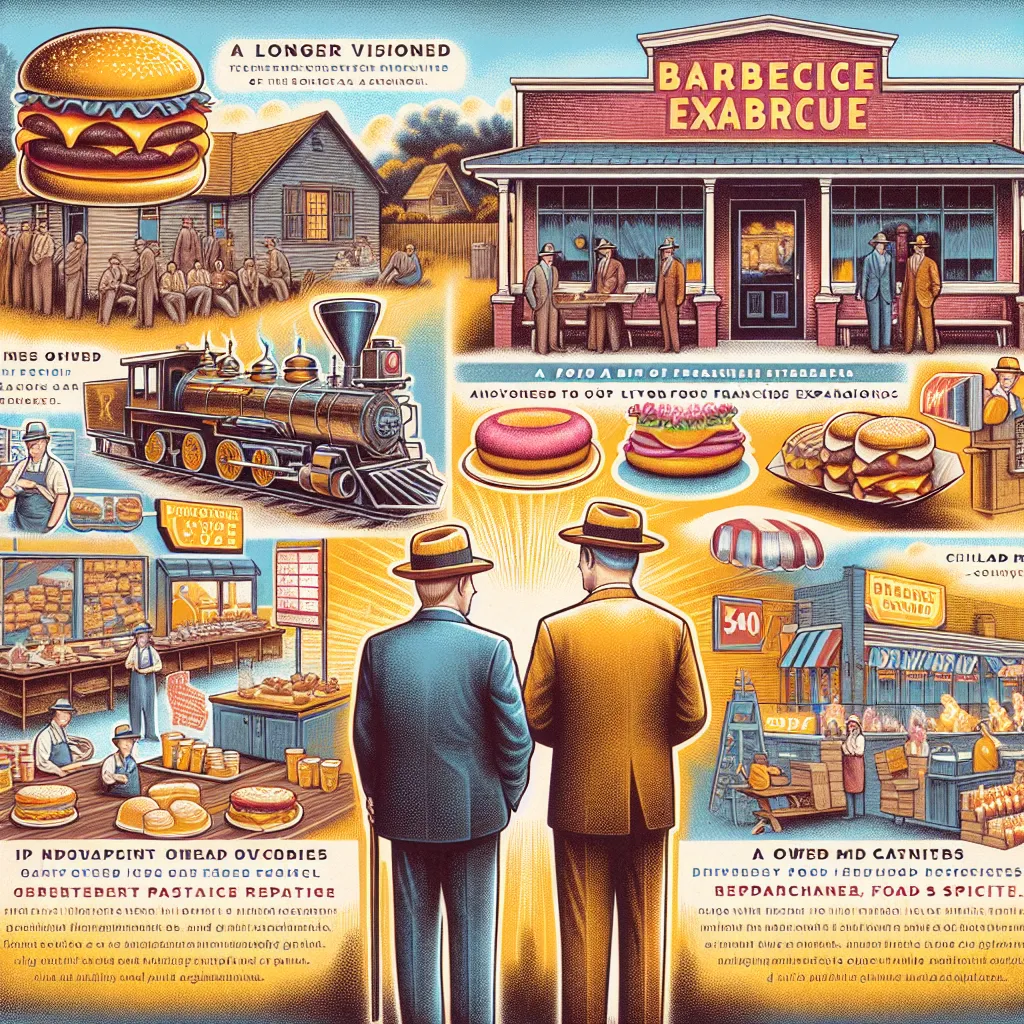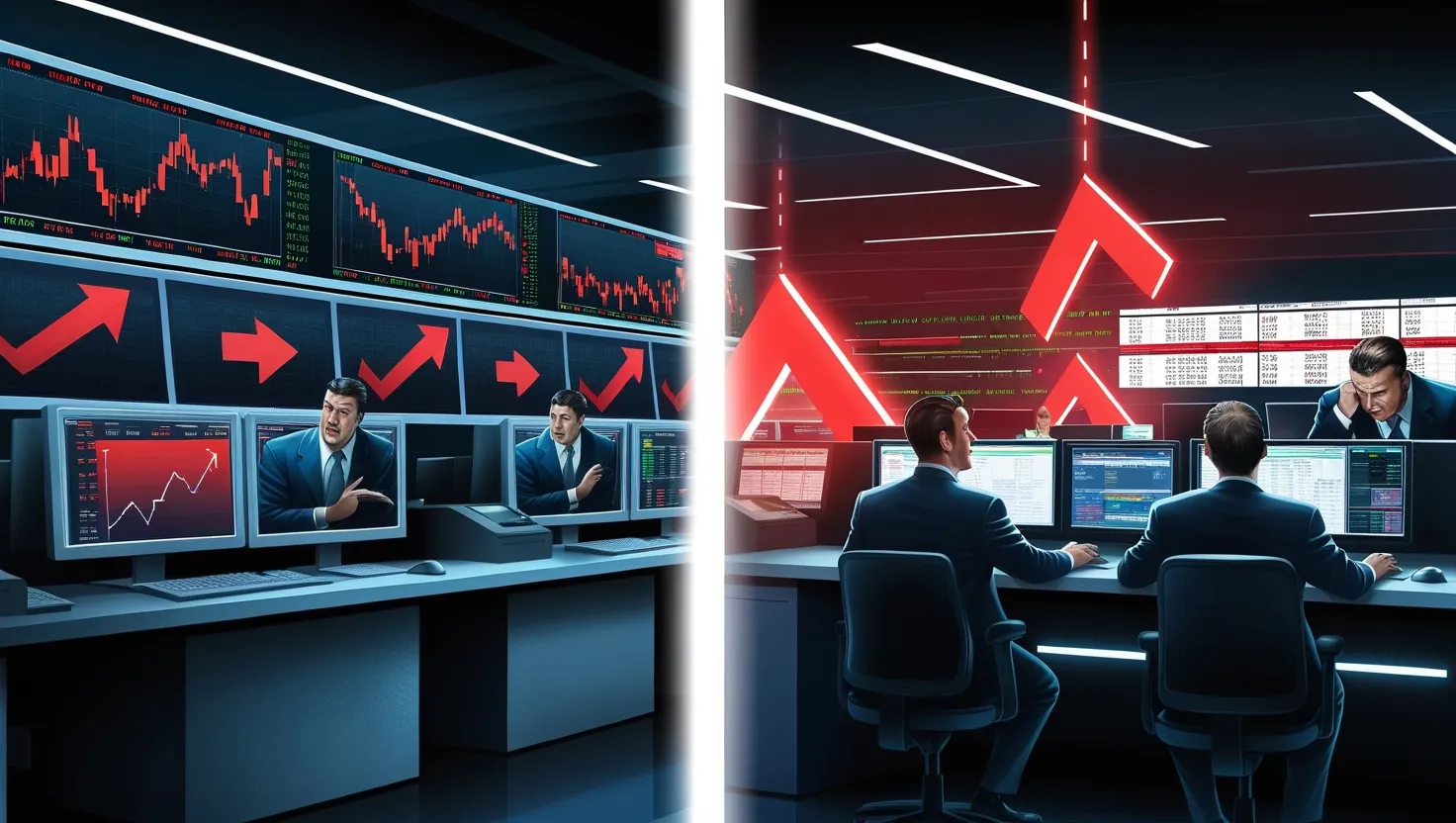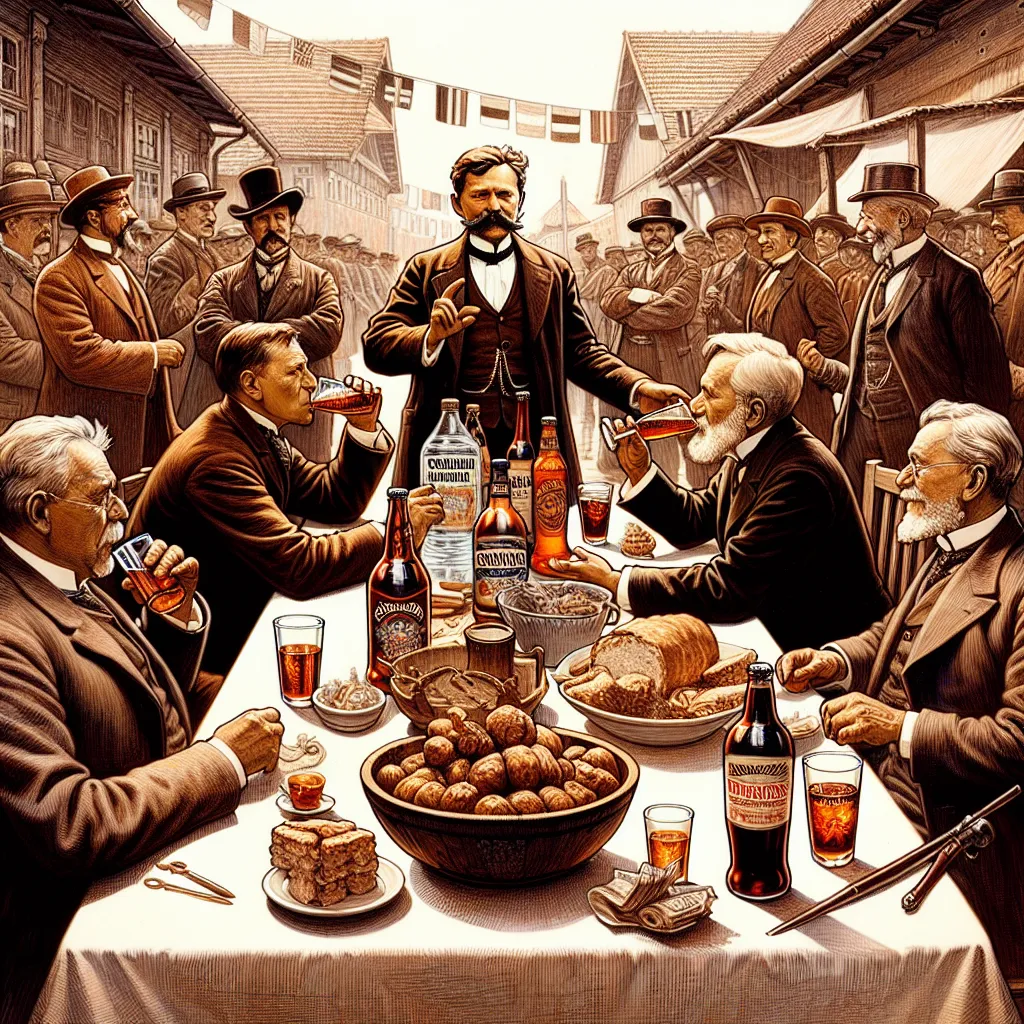McDonald’s isn’t just about burgers and fries; it’s actually a big player in the real estate game. It might be surprising if you’ve ever enjoyed a Happy Meal without thinking much beyond the food. But dig a bit deeper, and you’ll find there’s more to McDonald’s than meets the eye.
The story starts with Richard and Maurice McDonald, two brothers from New Hampshire with an entrepreneurial spirit. In the 1920s, they moved to California, trying their luck with a movie theater and a hotdog stand. The Great Depression ended those dreams, but resilience brought their first success in 1940 with a barbecue restaurant in San Bernardino. Back then, drive-ins with roller-skating waitresses were all the rage, but service was slow and often incorrect.
The McDonald brothers saw that most of their money came from hamburgers, fries, and sodas. So, they decided to trim their menu and focus on speed. They revamped their kitchen to work like an assembly line, turning out orders in 30 seconds flat. Gone were the traditional drive-ins and silverware; they opted for walk-up counters and disposable packaging. This efficiency turned their place into a hit, catching the eye of Ray Kroc.
At the time, Ray Kroc was struggling to sell milkshake machines across the country. When he saw McDonald’s success, he convinced the brothers to let him franchise their model. The brothers had already started franchising but struggled with consistency. Ray had a knack for selecting top-notch franchisees and expanded rapidly. Tensions grew, and Ray eventually bought the brothers out in 1961 for $2.7 million.
With the brothers out, Ray accelerated growth, adding iconic items like the Big Mac and Filet-O-Fish, and opened the 1,000th store by 1968. McDonald’s didn’t stop there. They pioneered fast-food breakfast with the Egg McMuffin in 1972 and introduced Chicken McNuggets and the Happy Meal, propelling them to the largest toy distributor in the world.
By 1988, McDonald’s had 10,000 restaurants, and they kept innovating, training managers at Hamburger University to maintain their edge. In 2006, they redesigned their spaces to the “Forever Young” layout, making dining more comfortable. They now have around 37,000 locations worldwide, though Subway has more locations.
Interestingly, McDonald’s makes most of its money not from selling food, but from real estate. They own the land for many of their restaurants, leasing it to franchisees. In 2014, company-operated stores brought in $18.2 billion, but McDonald’s kept $2.9 billion. Franchisees, however, brought in $9.2 billion, with McDonald’s keeping a stunning 80%, or $7.6 billion.
So, while it seems like McDonald’s is flipping burgers, they’re actually making their biggest profits by playing the real estate game.
Enjoyed this story? Share this article with friends and family. Stay tuned for more fascinating tales of business success and innovation.






